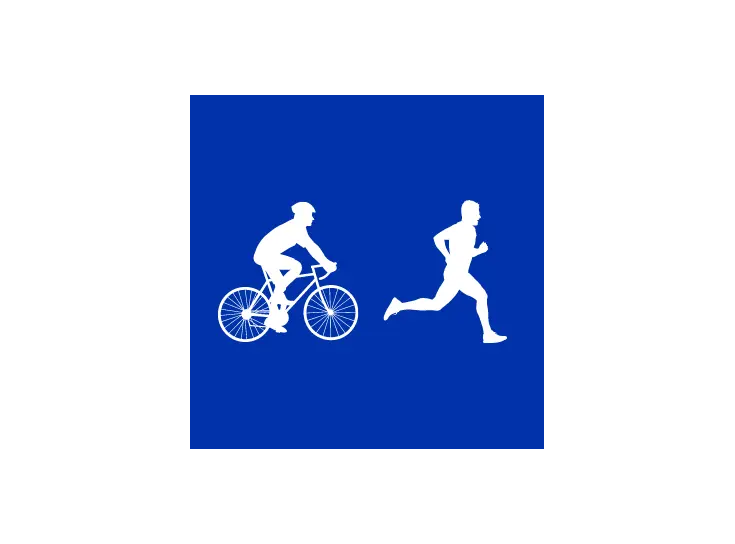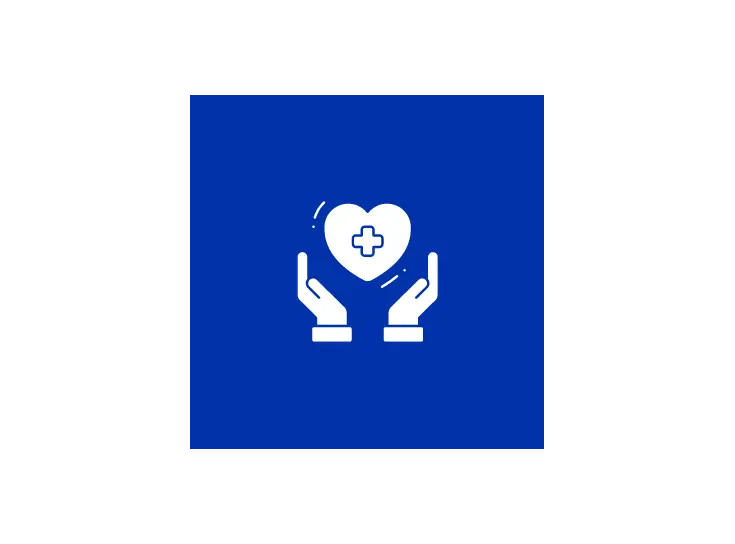
Athletes
Altitude training benefits athletes because it can improve their performance by promoting adaptations in the body. Training at altitude, where the air is thinner and oxygen levels are lower, forces the body to adapt to these conditions. This stimulates red blood cell production and oxygen transport to the muscles, resulting in improved oxygen efficiency. This can increase endurance and delay fatigue.
These adaptations have benefits for sports that rely on aerobic energy production, such as running, cycling and swimming. Altitude training allows athletes to optimize their performance levels and perform better in both altitude and sea level efforts. However, it is important to carefully plan training intensity and duration to avoid overtraining and maximize benefits.
In summary, altitude training can help athletes and athletes increase endurance, resulting in improved performance and competitive advantage, especially in endurance sports and situations where oxygen efficiency is critical.
This results in the improvement of:
- Endurance.
- Muscle acidification.
- Oxygen transport throughout the body.
- Repeated sprint performance.
- Recovery after intense workouts.
- Adaptation to altitude.
- Fat burning.



